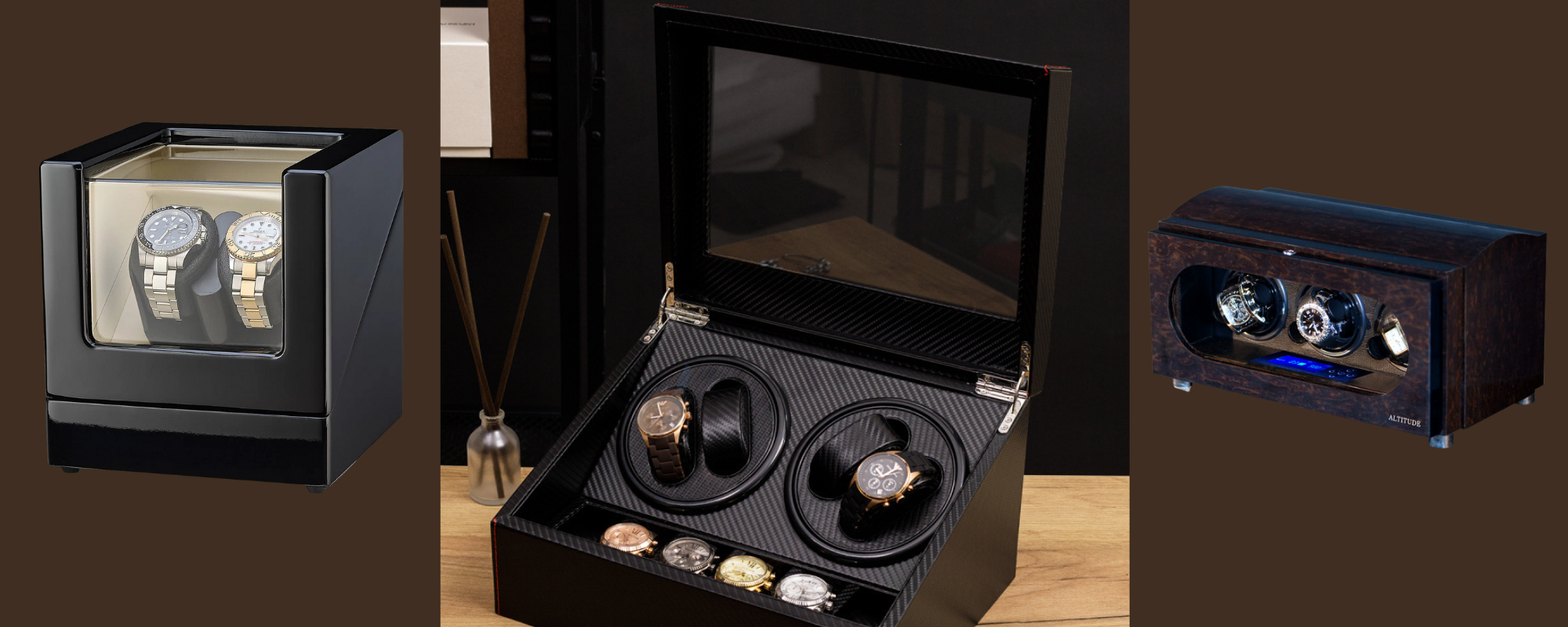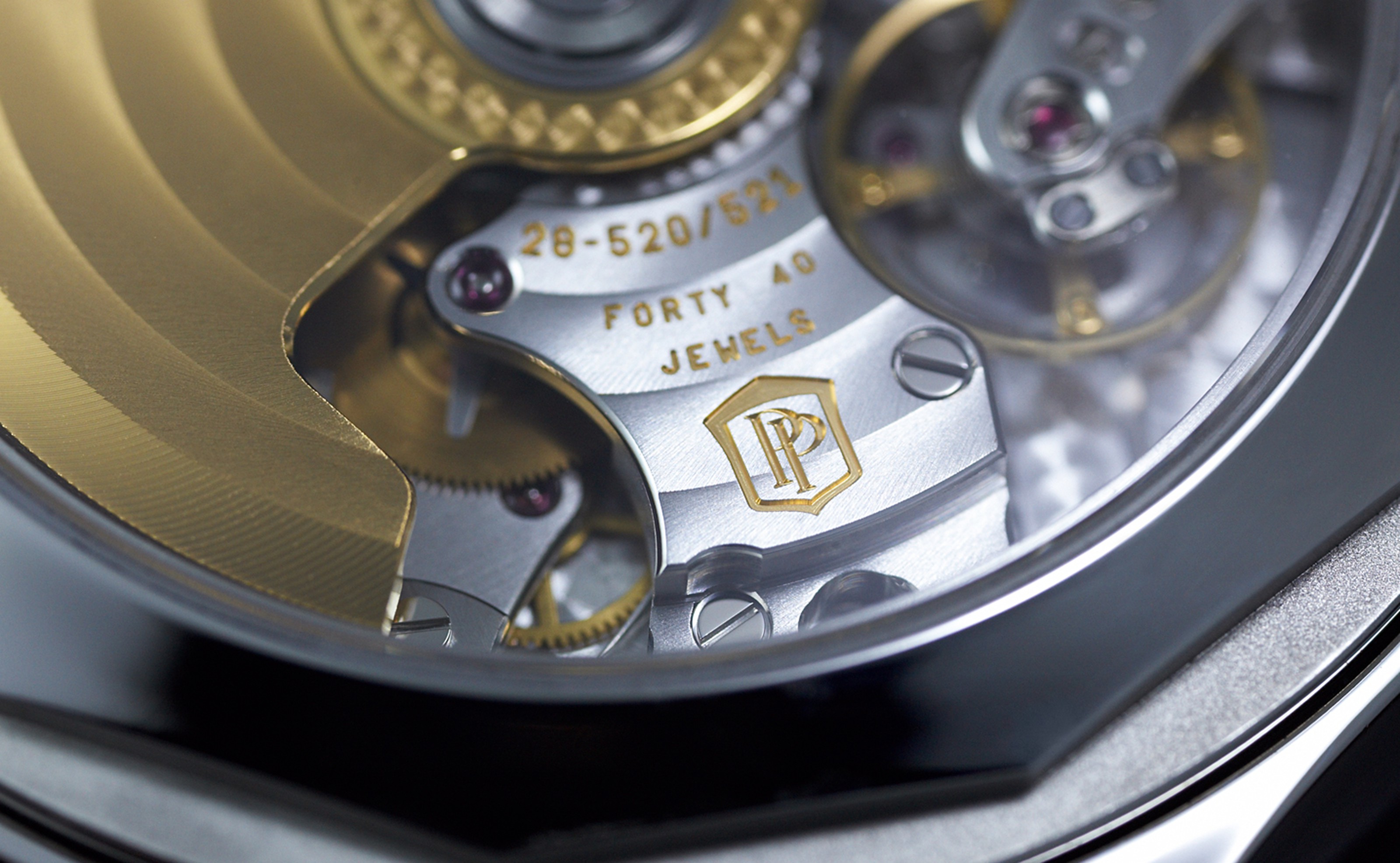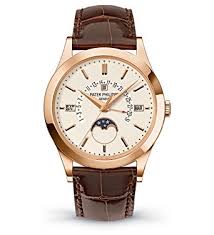A stylish watch storage box not only protects your timepiece from dust and accidental damage, but also serves an important functional role. If you don’t wear your automatic watch every day, you need to keep adjusting the time, date, and sometimes additional complications. That’s exactly why watch winders were invented - to keep your automatic mechanical watches running smoothly.
⚙️ How a Watch Winder Works
The concept of the watch winder (also called a time mover or rotomat) dates back to the 18th century. You place your watch on a special cushion, select a rotor mode, and the device simulates wrist movement to wind the mainspring.
It’s powered by either a battery or an adapter. The rotation is set with pauses to avoid over-winding.
Main types:
Single-direction rotation - simple, with stops and repeated cycles.
Programmable rotation - allows you to choose direction, frequency, TPD (turns per day), and stop when the spring is fully wound.
Some models offer multiple modes (600, 800, 900 turns per hour), LED lighting, and motor protection when the lid is opened.
🛠 Types of Watch Winders
By capacity:
For a single watch.
For multiple watches - up to 6, 8, or even 12.
By materials:
Luxury wood with “piano lacquer.”
Carbon fiber, vinyl, genuine or eco-leather.
Interior finishes can be velvet, leather, or carbon.
By power source:
Mains power.
Batteries.
USB adapter.
Hybrid.
Many modern winders are also designed as interior decor pieces, often with drawers for quartz watches.
🔧 Setting a Watch Winder
Important: never place a fully stopped automatic watch in a winder - wind it manually first.
Step-by-step:
Manually wind the watch (20–30 turns of the crown).
Set the winder to the minimum TPD and desired direction.
Secure the watch inside.
Check after 48 hours - if the time is correct, settings are optimal.
💬 If in doubt, the Chrono 10:10 workshop can help set up your winder and show you how to use it effectively.



